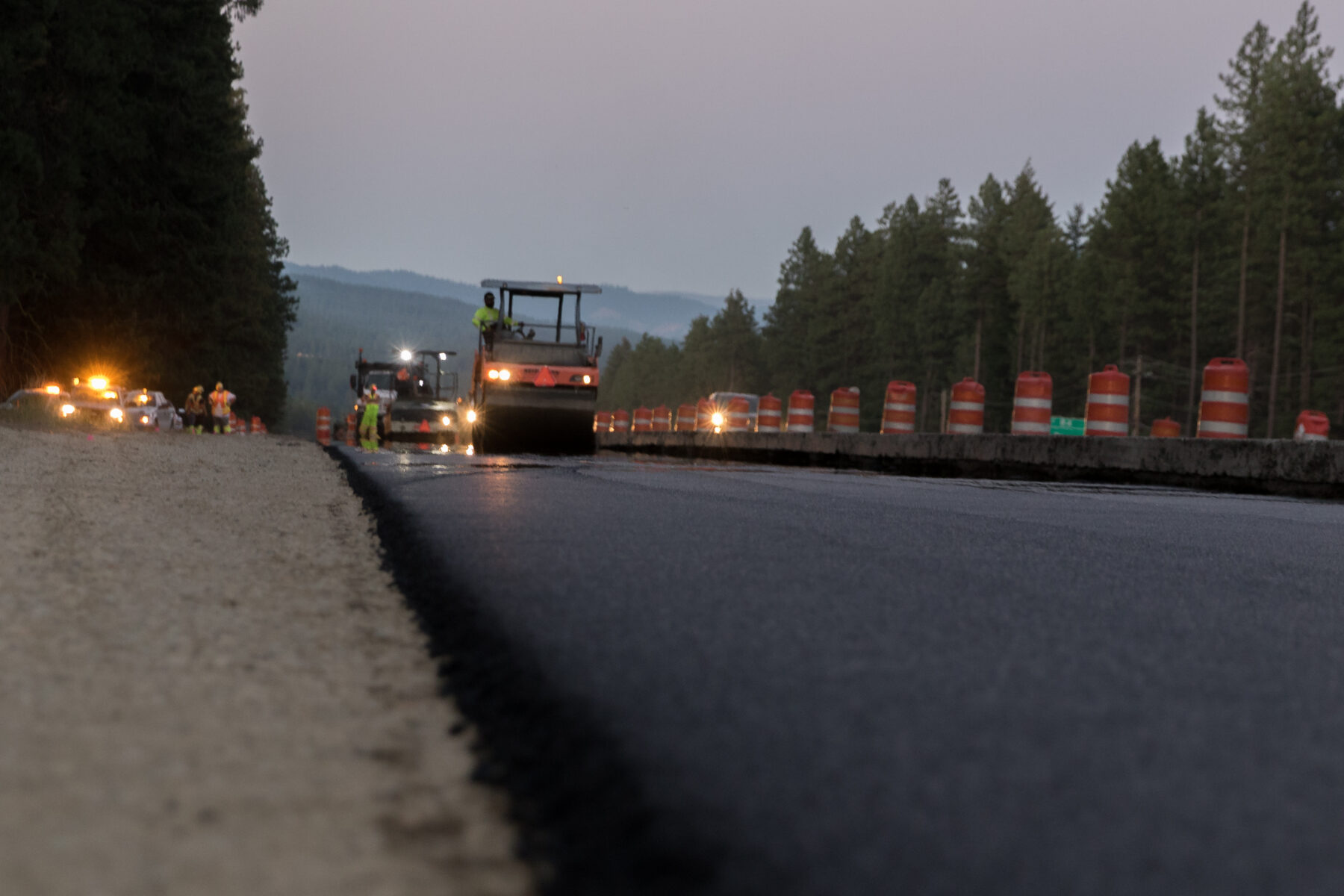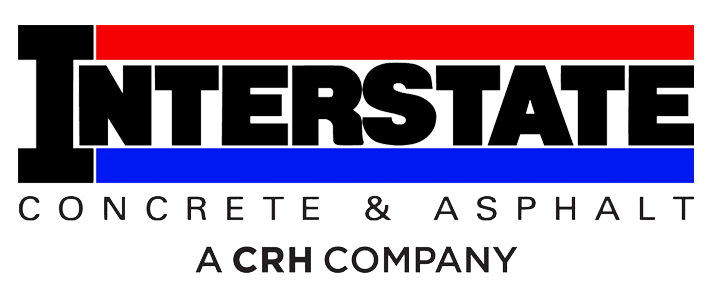The Ultimate Guide to Work Zone Awareness: Best Practices for Motorists and Road Crews
May 9, 2023
 Road construction and maintenance work zones are inevitable in our quest for improved infrastructure. These work zones can create hazardous situations for motorists, pedestrians, and road crews alike. This ultimate guide to work zone awareness outlines best practices for both motorists and road crews to ensure that everyone arrives at their destination safely.
Road construction and maintenance work zones are inevitable in our quest for improved infrastructure. These work zones can create hazardous situations for motorists, pedestrians, and road crews alike. This ultimate guide to work zone awareness outlines best practices for both motorists and road crews to ensure that everyone arrives at their destination safely.
Motorists: Navigating Work Zones with Confidence
Stay informed and plan ahead
Before hitting the road, make use of traffic apps or websites to check for scheduled construction or maintenance work along your route. Planning alternative routes can save time and reduce frustration caused by unexpected delays.
Follow posted signs and traffic signals
Work zones are typically marked with signs, cones, and barriers to guide traffic. Pay close attention to these indicators and obey any temporary traffic signals or flaggers directing traffic.
Reduce your speed
Work zones often have reduced speed limits to enhance safety. Slower speeds allow for better reaction times, especially when encountering unexpected obstacles or changes in traffic patterns.
Increase your following distance
Give yourself ample space between your vehicle and the one in front of you, as sudden stops or changes in traffic flow are common in work zones. A larger following distance also provides road crews with more room to work safely.
Stay alert and avoid distractions
Keep your eyes on the road and be prepared for sudden changes in traffic flow. Avoid using your phone or engaging in other distracting activities while driving through a work zone.
Be patient and stay calm
Delays and congestion can be frustrating, but remember that road crews are working to improve the road for your benefit. Keep your cool and be patient as you navigate through the work zone.
Road Crews: Ensuring a Safe Work Environment
Implement proper work zone design
A well-designed work zone includes clear signage, appropriate barriers, and an effective traffic control plan. Ensure that all elements are in place before work begins and monitor the setup throughout the project to make necessary adjustments.
Use high-visibility clothing and equipment
Road crew workers should wear high-visibility clothing, such as reflective vests and helmets, to increase their visibility to motorists. Additionally, use brightly colored cones, barrels, and signs to make the work zone more visible to approaching traffic.
Train and educate workers
Road crew workers should receive regular training in work zone safety practices, traffic control procedures, and emergency response. This knowledge can be vital in preventing accidents and ensuring a safe work environment.
Maintain clear communication with motorists
Keeping motorists informed about upcoming work zones and potential delays can help reduce frustration and encourage safer driving. Use dynamic message signs, radio announcements, and social media updates to keep the public informed.
Develop a strong safety culture
A strong safety culture within a road crew organization is essential in reducing accidents and injuries. Encourage workers to prioritize safety and report any unsafe conditions or practices to supervisors.
Work zone awareness is a shared responsibility between motorists and road crews. At Interstate Concrete and Asphalt, we strive to follow these best practices, with the hope that we can reduce the risk of accidents and injuries while ensuring that our roadways continue to improve for the benefit of all. Let us work together to make our roads safer for everyone!

